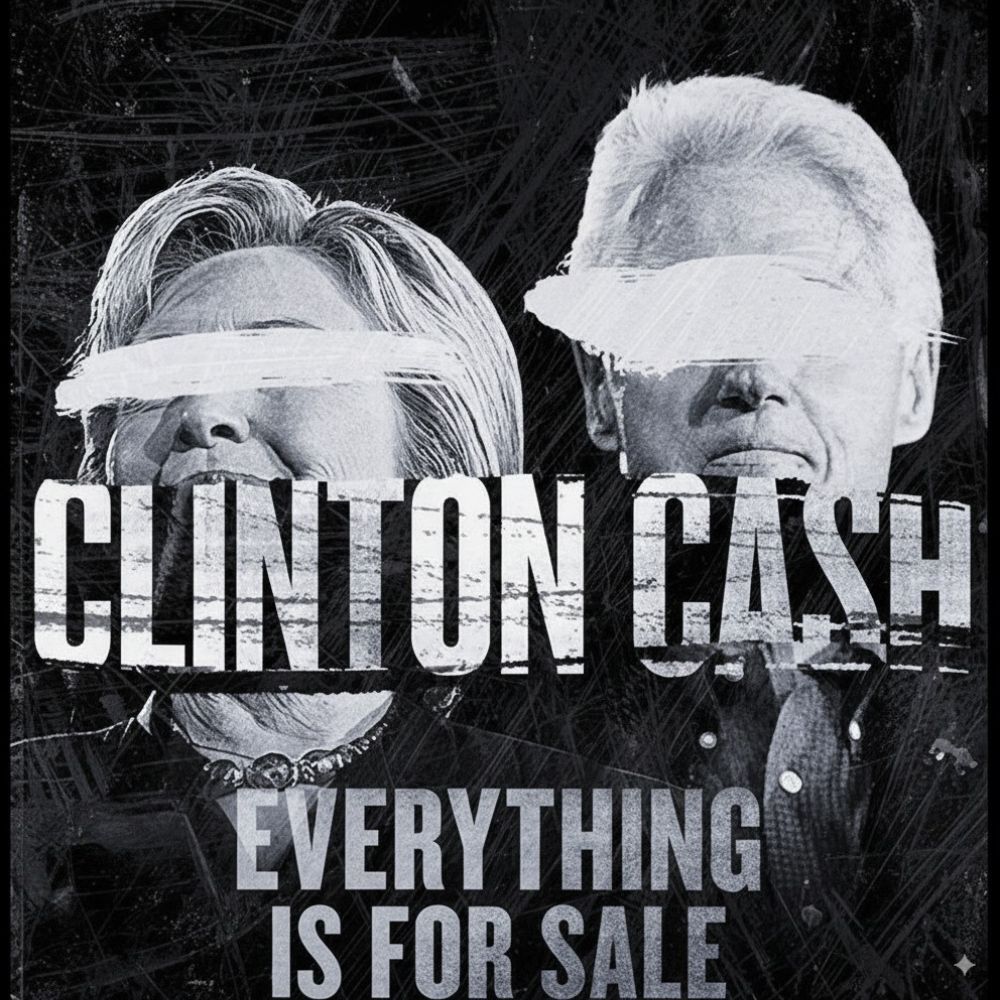The Fall of a Fortress: Inside the $82 Million Scandal That Shattered the Clinton Legacy

In the high-stakes world of politics, a carefully constructed legacy is everything. It is a narrative built over decades of public service, protected by loyalty, and polished by the glow of the public spotlight.
For years, the legacy of the Clinton family seemed unbreakable, a fortress of global influence and goodwill. But in a Congressional hearing room, under the harsh lights of scrutiny, an unexpected force has taken a sledgehammer to that fortress, leaving behind a ruin of shocking accusations, damning evidence, and a legacy forever tarnished.
At the heart of the hearing, led by Senator JD Vance, was a staggering and deeply troubling figure: $82 million. According to Vance, this wasn’t just a number; it was the documented proof of an audacious betrayal. With a calm and measured delivery, Vance presented a cascade of documents—receipts, transfer records, and signatures—that painted a damning picture of a scheme to systematically divert taxpayer money, allocated to USAID for international aid, into the coffers of the Clinton Global Initiative (CGI)
But the story didn’t stop there. The investigation alleges that this money, which was meant to fund charitable projects for the less fortunate, was instead used for the personal enrichment of Chelsea Clinton, financing a lavish lifestyle that included an $11 million mansion and an opulent $3 million wedding, all of which allegedly went undeclared to the IRS.
When confronted with these explosive accusations, Chelsea Clinton was quick to dismiss them as a “political hit job,” another chapter in the decades-long assault on her family. She spoke with a practiced air of confidence, referencing the schools her foundation had built and the relief programs it had funded.
But Vance was prepared, countering her defense point by point with an icy precision. He contrasted the alleged luxury expenses with the promised charitable projects that never materialized. He pointed to 47 documented transfers with no corresponding charitable activity and to empty lots where clinics were supposed to stand. “Service,” Vance declared in a short, powerful sentence that encapsulated the essence of the scandal, “does not entitle you to steal.” It was a moment that underscored the collision of public duty and private greed, a moment that will likely be replayed for years to come.
As the hearing deepened, it peeled back the layers of an operation allegedly rife with systemic fraud and tax evasion. Forensic accountants testified to over $27 million in undeclared personal benefits, money that was cleverly disguised as operational expenses.
The detailed accounts of vacations, vehicles, and designer clothing painted a picture of an organization that, according to the allegations, was far more interested in self-enrichment than in charitable work. A disturbing pattern emerged: 79 wire transfers, each structured to fall just under the mandatory federal reporting threshold, a classic and textbook technique used to avoid government oversight. To add fuel to the fire, internal memos and emails, which Vance presented to the committee, appeared to outline this strategy explicitly, with instructions on how to “route payments through consulting LLCs” and “use wedding vendor invoices to mask allocations.”
The story grew darker still with the powerful testimony of whistleblowers. Former foundation staff delivered sworn depositions, describing a culture of intimidation where those who questioned the suspicious transfers faced threats to their careers and their livelihoods.
They spoke of explicit instructions to route money through a complex web of shell companies and a concerted effort to cover the financial tracks. But perhaps the most shocking revelation was the discovery of offshore accounts in the Cayman Islands, tied to CGI, where millions had been routed without any charitable documentation, a tactic that suggests a deliberate effort to hide money from both regulators and the public.
The scandal was not merely domestic. Vance also presented evidence of grave national security concerns, alleging that CGI had operated as a conduit for foreign influence. According to the investigation, $24 million was traced to foreign government-tied entities, with a major donor being an energy consortium that allegedly received favorable trade policies following its donation.
Emails were presented showing Chelsea Clinton was aware of donor demands and took steps to ensure access to officials who could deliver on policy. The investigation had attracted the attention of the intelligence community, and ongoing inquiries into potential violations of the Foreign Agents Registration Act (FARA) suggested lobbying activities had been conducted without proper disclosure, a serious charge that adds a new dimension to the scandal.
Ultimately, the hearing painted a picture of institutional failure. Vance argued that CGI had operated for decades with minimal oversight, with multiple administrations ignoring warnings from Inspectors General and regulatory agencies. Internal emails from federal agencies revealed a deliberate reluctance to investigate prominent political families for fear of political retaliation. In response, Vance proposed a series of sweeping reforms designed to prevent such a scandal from happening again: mandatory audits for all organizations receiving federal aid, automatic public disclosure of all foreign donations, and independent oversight boards insulated from political pressure.
The legal ramifications are now immense. The evidence has been referred to federal prosecutors, and a special task force has been formed to evaluate criminal charges. The committee recommended ethics sanctions, an IRS referral, and asset forfeiture proceedings. But the greatest damage was done in the hearing room. Under the weight of the evidence, the once-unquestionable legacy of the Clinton family was broken. The narrative of public service and global goodwill is now stained by accusations of greed, deception, and a profound betrayal of the public trust.